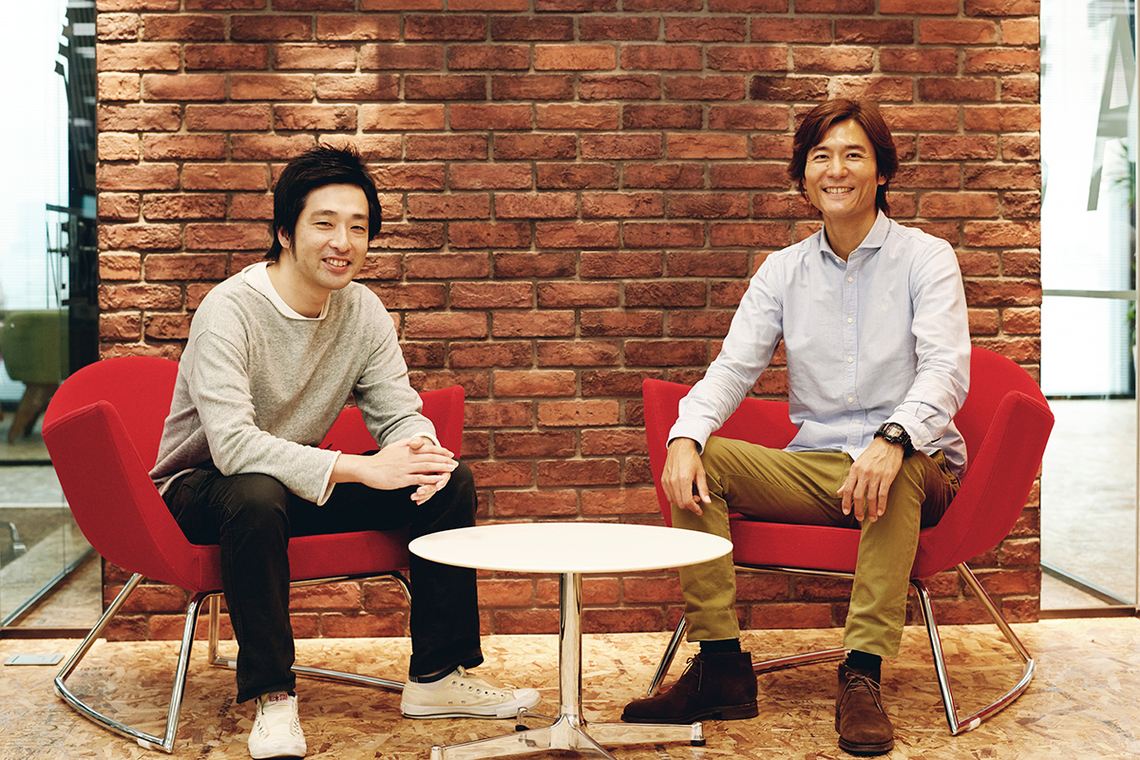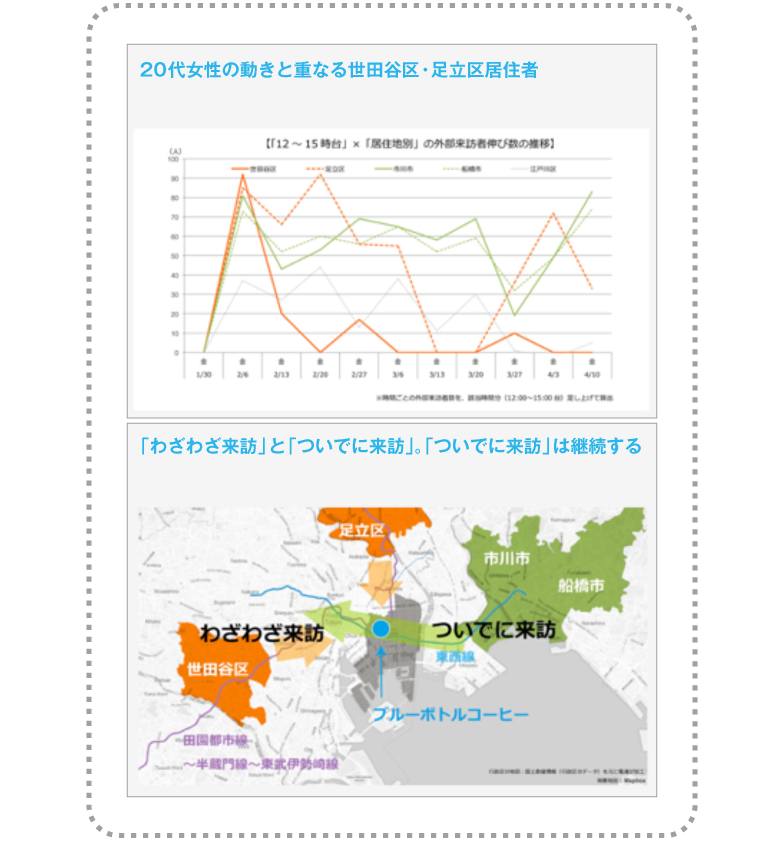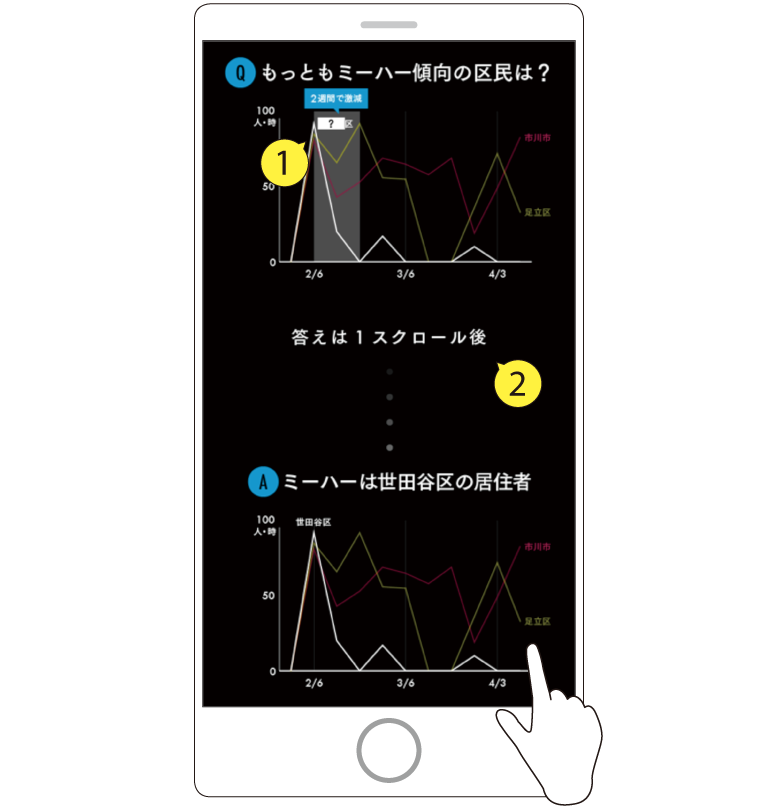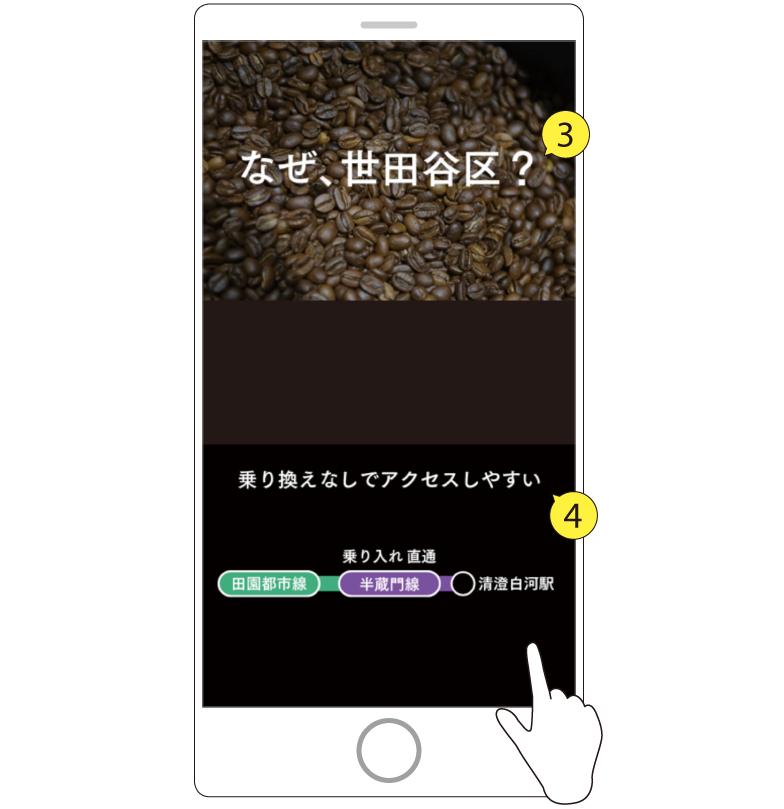Especially when the other party is low on motivation
Infographics are most effective
Sakurada: Infographics (IG) are a method of visually representing information to convey it clearly. While we're currently experiencing information overload, smartphones are now the mainstream device. I believe the demand is shifting towards conveying information clearly in smaller quantities.
Akimoto: Less content makes things look cleaner, but it also tends to be fragmented. I think the smartphone era demands a presentation method that conveys the big picture and key points without being off-putting.
Sakurada: Let me explain IG using IG.
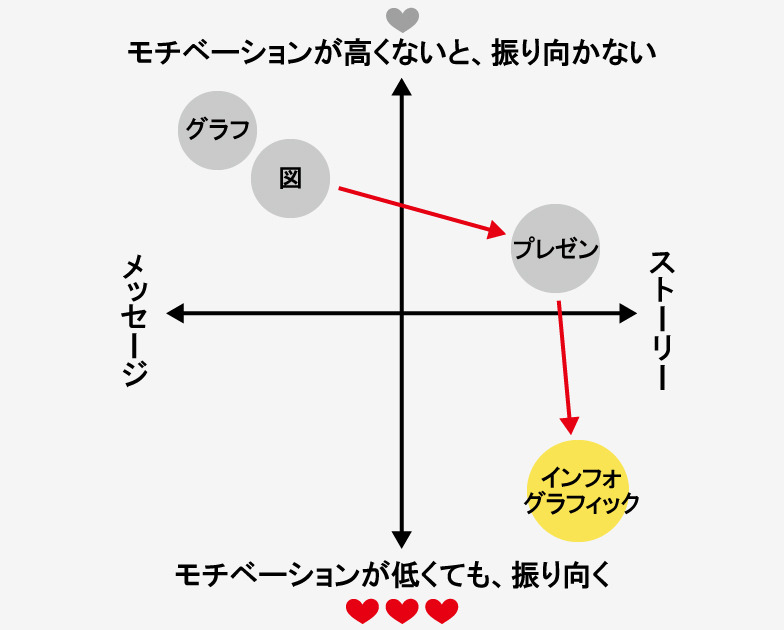
Sakurada: First, there's the axis of whether it's better suited for conveying a single message or a story. Another axis is viewer motivation. Does it require high motivation, or can it be naturally accepted even with low motivation? The IG I want to create now is story-based, something people will view even if their motivation is low. There's a current need to convey stories even to those with low motivation.
Akimoto: This is also heavily tied to media characteristics, right? On a computer, you can express a lot on a single screen, but smartphones rely on scrolling and video usage.
Sakurada: IG used on PCs or in newspapers tends toward single-message, spread-like expressions. But IG on smartphones is closer to a scroll or a world with narrative depth like the Chōjū-giga. Vertical manga are similar.

Jun Sakurada
Enabling people who dislike data to share information clearly
Akimoto: Recently, methods for acquiring data, such as sensors, have evolved, and the volume of information circulating has greatly increased. Numbers and data only become useful when everyone shares them. However, most people don't like looking at data. That's precisely why IG becomes an effective means of expression.
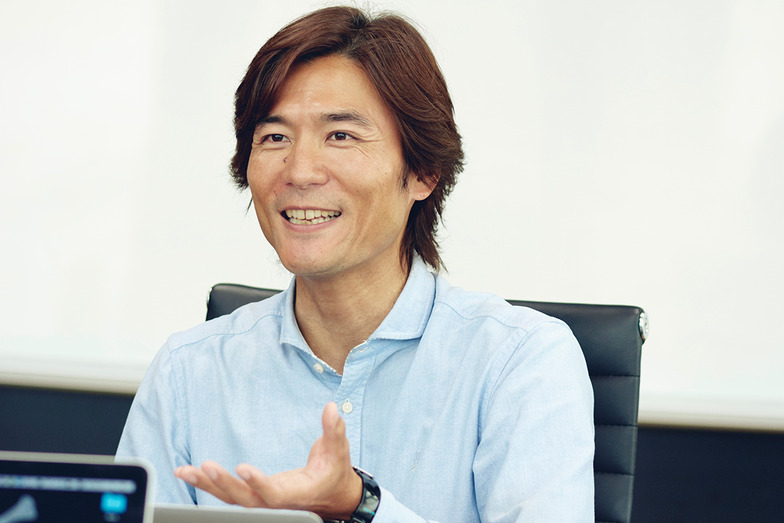
Ken Akimoto
Sakurada: Furthermore, the screens used to convey information are getting smaller, and the platforms for expression are expanding, such as virtual reality. Considering these changes in expression platforms alongside the growth of data, I firmly believe IG is absolutely essential. I think its applications will only increase.
Akimoto: Useful information often exists but goes unnoticed. I want to leverage IG's "power to attract" more effectively. Ideally, IG could spark interest in more people, leading them to delve deeper.




